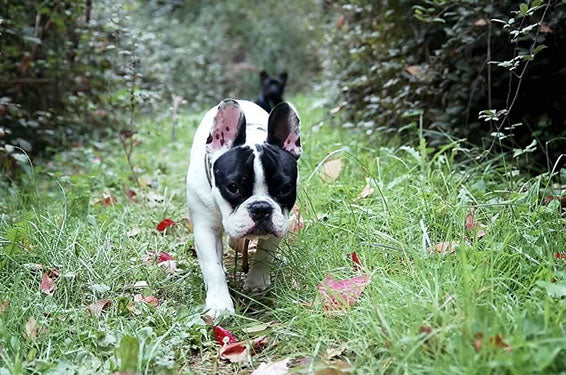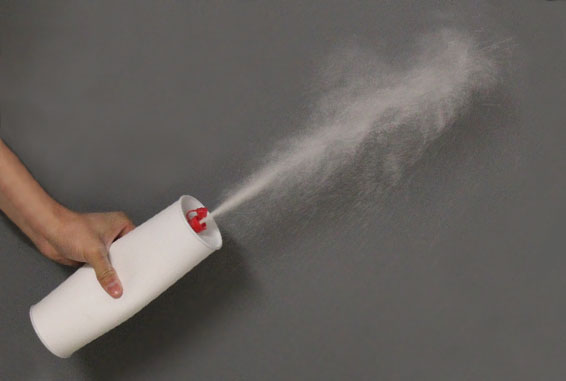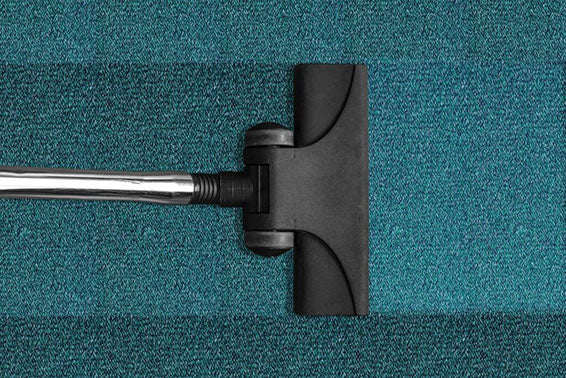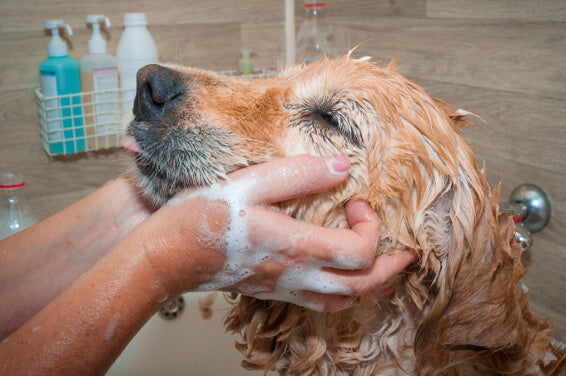
If ticks are common in your area, you probably know how problematic they can be. They can latch onto your dog anytime he or she romps around in the grass or the woods, potentially exposing your dog to an assortment of diseases.
The best way to handle tick bites is to catch them early and know what to do about them. And once you discover that your dog has been bitten, diatomaceous earth (DE) can be a powerful tool in dealing with the situation.
DE is deadly to insects and arachnids, and ticks are no exception, yet it is natural, and chemical-free, keeping your dog from unnecessary exposure. DE is an effective pesticide because of its physical construction. It's is highly absorbent and abrasive. So, when bugs walk through it, it sticks to them and sucks away their moisture, eventually killing them by dehydration.

Here's how you can use DE to treat your dog for ticks:
What You Need
- Crawling insect control diatomaceous earth
- Rubbing alcohol
- Tweezers
- An applicator (see step 3)
- A vacuum
- Pet shampoo
Step 1:
Look for ticks everywhere on your dog, including between the toes, inside the ears, and between the legs. When you find a biting tick, apply rubbing alcohol to the area. Then, place tweezers as close to your dog's skin as possible and carefully pull the tick out. Make sure the head comes out with the body. Place ticks in a plastic bag, and seal it shut.

Step 3:
After you vacuum, you can begin dusting with DE. Make sure the area is nice and dry since DE is not effective when wet. If you're looking for an easy way to apply DE, try the squeeze duster or the Wilcox applicator. With whatever method you choose, lightly dust DE onto your dog's bedding and the other areas your dog frequents.

Step 4:
After about 3 days, vacuum the areas you have treated with DE. This will collect any deceased ticks and their eggs. Because DE is very hard and coarse, it can damage traditional vacuums. If you have applied DE over a large area, we recommend renting a shop vacuum. For more information about this, see our article about cleaning up DE.

Step 5:
Give your dog a bath with a thorough shampooing. Since diatomaceous earth dries out the skin, it's best to use a soap-free or moisturizing shampoo.

Step 6:
You should treat your dog's bedding with diatomaceous earth twice a week, leaving it for about 3 days. Repeat this process whenever your dog spends time in the woods, tall grasses, or around rodents.


